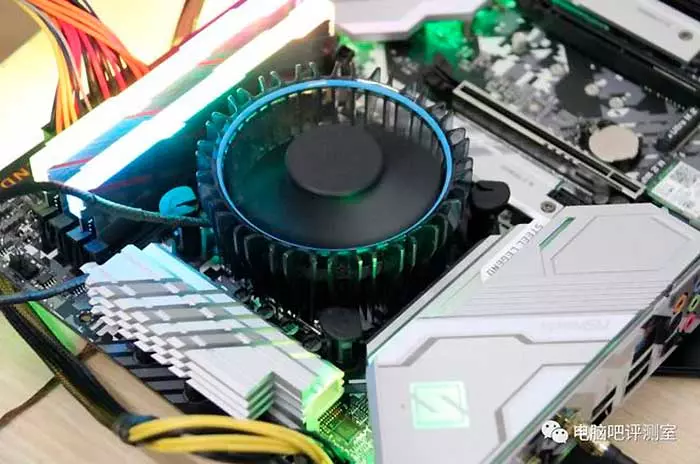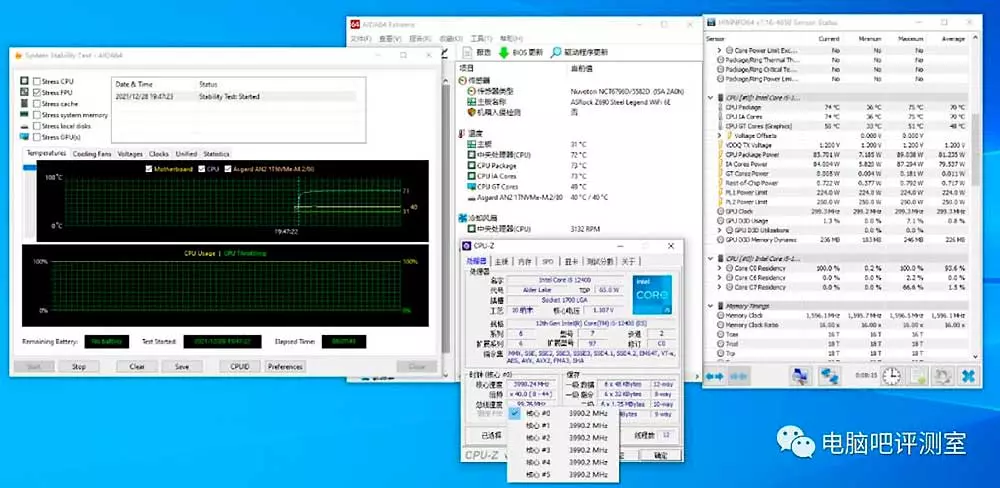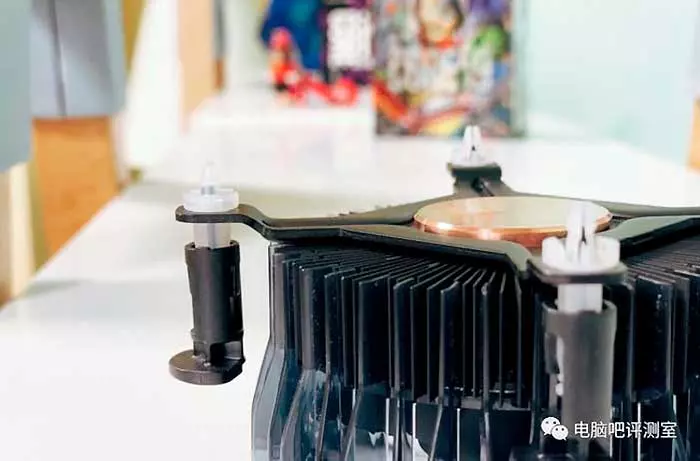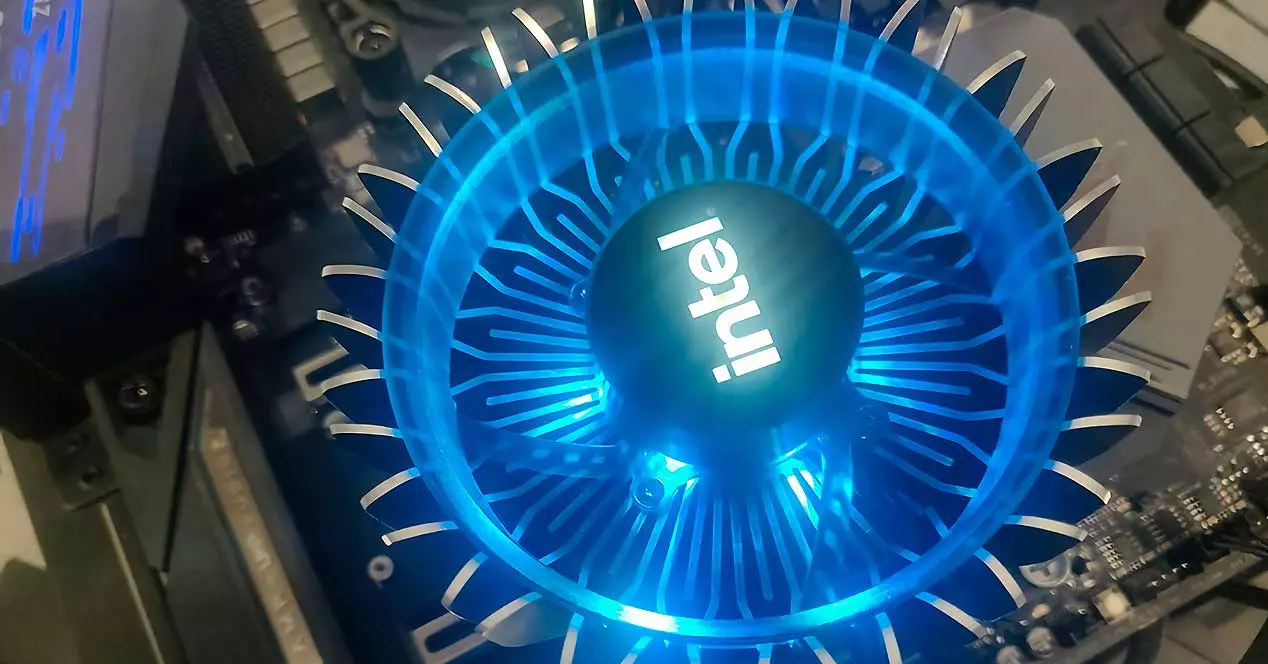
Intel has changed and improved, in theory, its stock heatsinks for desktop CPUs, where what was shown in photographs left a good taste in the mouth at first glance, but the reality is that we did not know how they performed. Today we already have the first data from Intel RM1, the mid-range version and has really surprised for good, but perhaps it is not up to the task for many. What temperature can it get?
The departure of the Alder Lake-S architecture and the Core 12 processors has brought an interesting casuistry that we have dealt with previously and it is nothing more than equating the PL1 to the PL2 although there are different values, mainly because what Intel wants is to keep the latter the same. as long as possible with Maximum Turbo Power.
This logically implies that there is a longer heat generation time due to the higher consumption available for each CPU and therefore the old Intel heatsinks until now could not even work with the i5 and possibly they had a hard time keeping the i3 at bay. This is why two new coolers have been shown and released with each low-end and mid-range CPUs, but how do they actually perform?
The i5-12400 puts this heatsink to the test
From the web 163.com we have the first data of thermal performance, where they have used the RM1 against an i5-12400. First of all we have to be clear that the differences between the RM1 and the high-end RH1 are only integrated into the LEDs, where the former will not integrate them despite having the same blue color.
As for the heatsink itself, it is exactly the same in shape and performance in its two versions, so we can compare and have a rough idea of what it would do in other CPUs outside of the aforementioned i5-12400.
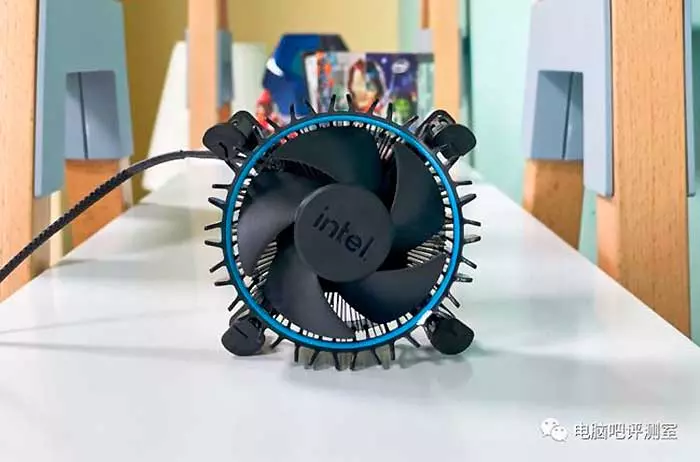
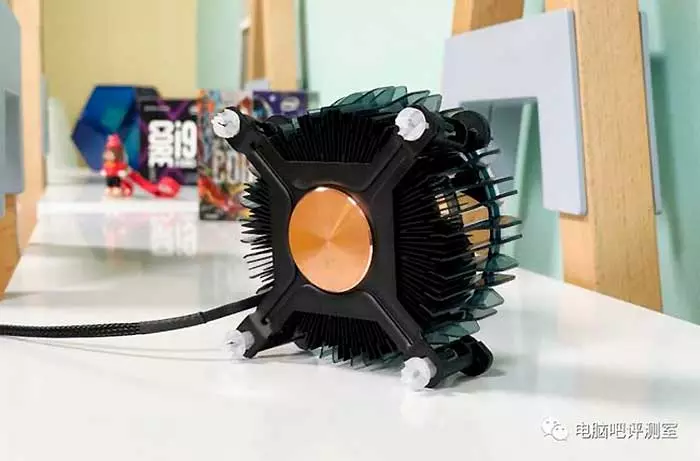
This processor integrates 6 cores with 12 threads with quite curious PL states, since they are fixed like those of the 12900K: 224 watts and 250 watts respectively.
The actual consumption of this CPU is estimated at 81 watts based on data collected with consumption peaks of 89 watts worst case, so these really are affordable figures for any current mid-range heatsink and even some low-end ones.
Intel RM1, can it hold the i5?
The data is obtained after only 8 minutes using the stress test of FPU of AIDA64, so the conclusions are still too vague really to pass judgment on the stability of the values in temperature, but it gives us a fairly approximate idea.
The temperatures they achieved were 70 ºC as average and as maximum 75 ºC, both with a standard room temperature for tests and reviews of 20 ºC. The fan of this Intel RM1 was 3,100 RPM, quite high at first and it should reflect a medium loudness. This was not measured as such, but the analyst’s assessment states that it is an audible sink, if more.
What conclusions can be drawn? Taking into account that the heatsink will come included in the i5 and i3 boxes, which are quite basic models and that it will not cost us to have to spend more on cooling, the data is not really bad. It seems an obvious step forward for the blue giant, since 70 ºC is optimal to achieve that the TAU is held until the time limit is exhausted. Obviously the i3 should be cooler, although considering the data of these the difference in degrees should not be very high.
